DROPS Alaska
A wool classic!
from:
8RON
per 50 g
Content: 100% Wool
Yarn Group:
C (16 - 19 stitches)
/ 10 ply / aran / worsted
Weight/length: 50 g = approx 70 m
Recommended needle size: 5 mm
Knitting tension: 10 x 10 cm = 17 sts x 22 rows
Care: Hand Wash, max 30°C / Dry Flat / Feltable
Superwash: no
Made in: EU
Raw material origin: Wool from South America
This yarn has an Oeko-Tex® certification (certificate number 25.3.0099), Standard 100, Class I from the INNOVATEXT TEXTILE ENGINEERING AND TESTING, HUNGARY. This means that is has been tested for harmful substances and is considered safe in human-ecological terms. Class I is the highest level, and it means the yarn is suitable for baby articles (ages 0-3).
DROPS Super Sale
30% discount until
Valid until 30.11.2025A classic spun, untreated yarn, in 100% new wool. Untreated wool means that the fibers are only washed, and not exposed to any chemical treatment prior to the dyeing. This enhances the wool's best qualities, while it also provides a better shape and texture quality.
DROPS Alaska is a triple stranded proven quality yarn, one of the classics of the DROPS collection, as popular today as when launched in the mid 80's. This quality offers a wide range of colours and a great number of patterns for women, men, children and accessories.
Read more about our products' sustainability here
Please be aware that the colours shown may vary from screen to screen in the same way that shades may vary slightly from dye lot to dye lot.
How do I care for this yarn?

Hand Wash, max 30°C / Dry Flat
First of all, consider just airing the garment, instead of washing it. If you still desire to wash it, here are some guidelines:
- Hand wash at 30ºC - separately - with wool detergent without enzymes or optical brighteners.
- Don’t let the garment soak. Move the garment gently back and forth, do not rub or squeeze it.
- Rinse the garment until the rinse water is completely clear, making sure the water temperature stays uniform.
- Do a light centrifugation of the garment (about 800rpm), choosing a program that DOES NOT take in water at the start. Or press carefully the water out of the garment with a dry towel. The garment shouldn’t be twisted or rolled.
- To dry the garment, shape it and lay it flat - do not hang - ideally on a warm bathroom floor or on top of a drying rack in a room with good air circulation. Never dry the garment in direct sunlight.
- Don’t tumble dry.
- Never iron the garment directly. Use always a damp cloth between your steaming iron or regular iron and the garment.
Note: If you are washing a project made with this yarn combined with another, the general guideline is to follow the washing instructions for the most delicate of the yarns you are working with.
Thinking about felting this yarn?
See how this yarn looks before and after felting:
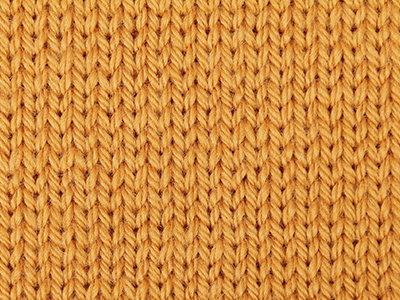
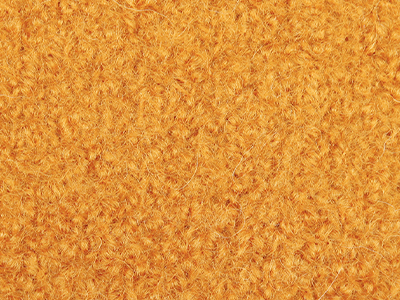
Needles: 5.50 mm
Before: 16 sts x 21 rows
After: 21 sts x 26 rows
Do you have a question about this yarn?
See a list of frequently asked questions (FAQ) about our yarns.
1) What type of fibers make the DROPS yarns?
Yarn can be made from a large number of natural and synthetic fibers. DROPS carries mainly yarns made from wool, cotton, alpaca, linen, mohair and silk. Each fiber type has its own qualities, and they are often mixed to take advantage of the best properties of each one. Coarse yarn has the advantage of being stronger and more durable, and finer fibers offer more softness and comfort. Here a bit about the main fibers we carry:
Alpaca:
Alpaca fleece is the natural fiber harvested from an alpaca, and it is similar in structure to sheep wool fiber. Its softness comes from the small diameter of the fiber, similar to merino wool. It is a soft, durable, luxurious and silky natural fiber. Yarn made from alpaca fibers does not felt or pill easily, and it can be light or heavy in weight, depending on how it is spun. While similar to sheep’s wool, it is warmer, not prickly, and has no lanolin, which makes it hypoallergenic. Alpacas come in 22 natural colors, with more than 300 shades from a true-blue black through browns-black, browns, white, silver and rose-greys.
Mohair:
This fiber comes from the Angora goats, and it's considered a luxury fiber. Mohair yarn is warm as wool, but much lighter in weight; it is durable, dyes well and does not felt easily. Mohair fibers have also a distinctive luster created by the way they reflect light. Despite being a hard fiber, mohair is usually spun into a very fluffy yarn, resulting in airy and lustrous garments.
Wool:
The wool fibers come from the skin of sheep and are relatively coarse fibers. Two striking characteristics of wool are its susceptibility to heat and its felting property, which is caused by the scales on the surface. Depending upon the breed of sheep, the appearance of the wool varies.
Wool from Merino sheep is considered the finest type of wool, having as characteristics that is finely crimped and soft. All the Merino wool in the DROPS yarns has its origins in South America, coming from sheep that have not been subject to Mulesing.
Pure new wool is wool made directly from animal fleece, and not recycled from existing wool garments.
Machine washable wool is wool treated chemically to minimize the outer fuzzy layer of the fibers, and be therefore fitable for machine wash (see Superwash).
Silk:
The silk fiber is a fine continuous fiber produced from the cocoon of a moth caterpillar known as the silkworm. While silkworm is cultivated, the wild or tussah silk is obtained from uncultivated silkworm cocoons. Silk fiber is one of the strongest natural fibers and makes a wonderful knitting yarn. It blends really well with other fibers, especially wool. Silk also dyes beautifully with natural dyes.
Vegetable fibers:
There are several varieties of vegetable fibers, found in the cell walls of plants or vegetables. Of all the varieties, two are recognized as major knitted or textile fibers. They are cotton and linen.
Cotton is the fiber surrounding the seeds in a cotton pod, and it is almost pure cellulose. Cotton is usually white in color but there are green and brown varieties as well. The cotton fiber is most often spun into yarn or thread and used to make a soft, breathable textile that is good for summer clothing and accessories, making a weaker yarn than silk or linen but stronger than wool.
Mercerized cotton is cotton that has been through a mercerization treatment. This treatment gives cotton fabrics and threads a lustrous yarn that is more lustrous than conventional cotton. It is also stronger, takes dye a little more readily, makes the yarn more resistant to mildew and reduces lint. It also may not shrink or lose its shape as much as "regular" cotton.
Linen is a fiber derived from the stalk of the flax plant that is durable and stronger than any other fiber. The linen fiber is relatively soft, straight and lustrous and becomes more beautiful with age. Linen is more comfortable to wear in hot temperatures than cotton, due to the fact that it absorbs moisture better and dries more quickly.
Other materials used in our yarns include synthetic fibers such as acrylic, viscose, polyamide (nylon) and polyester. These fibers are used mostly to give strength to a yarn (like our sock yarn, DROPS Fabel) or a special kind of structure (like our blown yarn, DROPS Air).
The polyamide fibre, commonly known as nylon, is very strong, durable, lightweight, easy to care for (can be machine washed and dried), and elastic, which makes it perfect for blending with other fibres to produce hard-wearing yarns like sock yarn.
Compared to polyester, polyamide is softer and more flexible, but it also absorbs more water and dries slower.
3) What type of information can I find on the DROPS yarn labels?
All DROPS yarn labels include information about fiber content (wool, cotton, etc.), weight in grams and ounces, length in meters and yards, washing instructions and symbols (explained here), color number, dye lot number and yarn group information.
4) What are the DROPS yarn groups?
All DROPS yarns are classified into 6 different thickness groups (A to F). Yarns in a same group have similar knitting tension/gauge, and can therefore be interchanged in patterns; however the length may be different, so when substituting always calculate the amount of meters/yards needed for the pattern to know the amount of yarn you need to get.
5) Can I use a different yarn than the one mentioned in the pattern?
Yes, as long as the yarn can be worked in the same knitting tension/gauge. Always swatch to make sure you get the same number of stitches in width and rows in height as given in the pattern.
Remember that different yarns with different textures, will give the garment different looks. The yardage/length may also be different, so when substituting always calculate the number of yards needed, in order to know the amount of yarn you need.
Read more about how to calculate the amount of an alternative yarn - and how to replace 1 thread of a yarn with 2 or more of another, here.
6) What does it mean when a yarn is “Superwash”?
A superwash wool is a special wool product that has been treated or processed in a way that allows it to be machine washable. Many people are afraid to work with wool because it is so easy to shrink (though some shrink wool on purpose) and superwash wool can allow them to work with great fibers without worry. (Read more here).
7) What does “Oeko-Tex® certified” means?
The Oeko-Tex® Standard 100 was introduced at the beginning of the 1990s as a response to the needs of the general public for textiles which posed no risk to health. The Oeko-Tex® Standard 100 is a globally uniform testing and certification system for textile raw materials, intermediate and end products at all stages of production. The test for harmful substances comprise substances which are prohibited or regulated by law, chemicals which are known to be harmful to health, and parameters which are included as a precautionary measure to safeguard health.
For more info go to www.oeko-tex.com
10) How accurate are the colours on the shade cards online?
When obtaining images for the shade card, we do our best to achieve the highest level of color accuracy. Unfortunately, we cannot guarantee how images will appear on your computer screen. Every monitor displays color differently, some colors might look darker than they really are, and some colors might be more saturated on some screens. If you experience that many of the yarn colors looks different on your screen than the actual color of the skeins, you can adjust the setting on your monitor.
11) What is a micron? What does super fine / extra fine mean?
The fineness of yarn fibers is measured in microns (thousands of millimeters). Super fine alpaca wool is 26-28 microns. Fine merino wool is less than 21.5 microns and extra fine merino is under 19.5 microns. The less microns the softer and more delicate a quality can be, the more microns the more hard wear the quality will be.
The reason why the microns in a yarn’s fibers are important is that the yarn will eventually become something else, and how delicate or coarse a yarn is will determine in part what we use it for. That’s why we recommend the softest yarns (like DROPS Baby Merino) for baby clothing, or why we choose to use a more hard wear yarn like DROPS Snow, for a seating pad or slipper.
12) Why are the colours in my skeins of print yarn different?
The reason why two skeins of a same print yarn look different can be 1) that both skeins are part of different dye lots; 2) that the skeins have been dyed using a technique called "magic print" (the one used for example in DROPS Delight), which provides unique patterns and smooth colour transitions to each skein, meaning also that within one dye lot, lighter or darker varieties might appear. This is no fault or defect, but part of the yarn's character.
13) My store doesn’t have the colour I want, what can I do?
If your DROPS store doesn’t have the yarn colour you want, try contacting a DROPS Super Store (the ones with the golden badges) - they will make sure to get a hold of the colour even if they don’t have it in stock themselves. See a list of all DROPS stores here.
14) Where can I find a specific dye lot of a colour?
Always try contacting your DROPS store first. If they do not have the dye lot you want we recommend you to ask other knitters and crocheters in the DROPS Workshop in Facebook or Ravelry, which may have the dye lot in their stash and might be willing to part from it.
Yarn sheds because there's not enough twist to hold all of the fibers together. All yarns have excess fibers (from production) that might come off as lint or shedding, in varied degrees that depend on how the yarn is spun. Brushed yarns ("hairier" yarns) like DROPS Melody, have more of these loose fibers than other yarns, and therefore shed more. Shedding also depends on what is worn under or over the garment, and whether this pulls at the yarn fibers. It’s therefore not possible to guarantee that there will be no shedding.
Below are some tips on how to get the best result when working with hairier yarns:
- When the garment is finished (before you wash it) shake it vigorously so the looser hairs come off. NOTE: do NOT use a lint roller, brush or any method that pulls at the yarn.
- Place the garment in a plastic bag and put it in your freezer - the temperature will cause the fibers to become less attached to each other, and excess fibers will come off easier. Leave in the freezer for a few hours before taking it out and shaking it again.
- Wash the garment according to the instructions on the yarn label. Garments worked with hairier yarns usually need to be shaken once dry after washing, so that the hairs rise and any excess fibers can come off.
Pilling is a natural process that happens to even the most exclusive of fibers. It's a natural sign of wear and tear that is hard to avoid, and that is most visible in high friction areas of your garment like a sweater's arms and cuffs.
You can make your garment look as new by removing the pilling, using a fabric comb or a pill/lint remover.
How can I replace this yarn?
If you are looking to replace this yarn with another DROPS yarn, you can use another yarn within the same yarn group, or try our yarn converter!
Other yarns in Yarn Group C
Read more about replacing yarn.Have a problem with the DROPS yarn you purchased?
When you purchase yarn from the shade cards or patterns on our site, you are not buying directly from DROPS but from one of the hundreds of DROPS stores around the world. It is therefore important that you take contact with the DROPS store where you bought the yarn, and that you save the labels of all the skeins you purchased (they are your warranty).
The DROPS store you contact will assist you and escalate the claim if necessary. Find a list of DROPS stores here.
Comments / Questions (168)
![]() Gail wrote:
Gail wrote:
Is Drops Alaska yarn itchy. I found a sweater pattern that suggests this yarn but it’s for my 5 yr old granddaughter and I want to make sure it is not itchy. Appreciate your help.
09.02.2022 - 20:51DROPS Design answered:
Dear Gail, please contact your DROPS store for any individual assistance choosing the best matching yarn, they will help you even per mail or telephone. Happy knitting!
10.02.2022 kl. 09:36
![]() Joke De Vries wrote:
Joke De Vries wrote:
Ik heb interesse in patroon School Run Spencer. 228-35. Ik heb het gedownload, maar als ik het afdruk dan wordt de tekening en het telpatroon niet afgedrukt.
08.02.2022 - 21:19DROPS Design answered:
Dag Joke,
Dat zou normaliter niet moeten gebeuren, misschien lukt het als je het patroon herlaadt en misschien is het ook nodig om even naar je printinstellingen te kijken?
13.02.2022 kl. 10:24
![]() Luana Fernandes wrote:
Luana Fernandes wrote:
Hello do you deliver to Malta pls?
03.02.2022 - 15:21DROPS Design answered:
Dear Mrs Fernandes, you will find the list of DROPS stores shipping worldwide here, don't hesitate to contact them for any further information. Happy knitting!
03.02.2022 kl. 16:35
![]() SHERRY GILLIES wrote:
SHERRY GILLIES wrote:
Luv yr patterns but I am Australian and have trouble with needle sizes and yarn ply. Tell me are yr patterns using US size needles or mm every time and if in mm are we able to use a wool that is suited to mm eg: 8 ply wool use 4mm needles. Thanks for your help
03.02.2022 - 11:50DROPS Design answered:
Dear Mrs Gillies, you can edit the yarn page into US-english by choosing the language USA and edit the language of the patterns into US-English/inch - or find conversion chart here. For any further assitance, you can write your DROPS store - see the list of DROPS stores shipping worldwide here. Happy knitting!
03.02.2022 kl. 16:34
![]() Jill Carnelid wrote:
Jill Carnelid wrote:
Känns ullgarnet stickit som viss ull kan kännas?
02.02.2022 - 11:39DROPS Design answered:
Hei Jill. Om ullgarn stikker eller ikke er ganske personlig og vanskelig å gi et 100% riktig svar til deg. Personlig syns jeg det ikke stikker slik mange andre ullkvaliteter. mvh DROPS Design
07.02.2022 kl. 09:11
![]() France Boudreau wrote:
France Boudreau wrote:
What is the invoiced price for a delivery to Quebec Canada? thank you
09.01.2022 - 22:10DROPS Design answered:
Dear Mrs Boudreau, please find the list of DROPS stores in/shipping to Canada here - contact Nordic Yarns for the list of DROPS stores in Canada. Happy knitting!
10.01.2022 kl. 09:37
![]() Cornelia Thurecht wrote:
Cornelia Thurecht wrote:
Hallo, ich habe eine Anleitung für die Jacke und würde gern Drops Alaska nutzen. In der Anleitung wird das Garn mit LL 140 Meter/100 gr angegeben, Nadelstärke 6,5. Maschenprobe Halbpatent 10x10 cm entspricht 15Mx30R. Passt das auch für Drops Alaska? Wenn nicht: Welches Drops-Garn empfehlen Sie? Herzliche Grüße, Cornelia Thurecht
30.12.2021 - 11:53
![]() Anna Mårtensson wrote:
Anna Mårtensson wrote:
Det finns inga fysiska garnaffärer inom rimligt avstånd och jag skulle vilja se garnets färger i verkligheten. Går det att beställa garnprover av "Alaska"?
29.12.2021 - 10:26DROPS Design answered:
Hei Anna. Vi har ingen fargekart med garnprøver, det er mange år siden vi sluttet med det. Nå har vi kun det du ser over nett. mvh DROPS Design
04.01.2022 kl. 09:51
![]() Jeannie wrote:
Jeannie wrote:
Is this yarn moth proof?
26.12.2021 - 17:36DROPS Design answered:
Dear Jeannie, unfortunately, we don't have this information. This is 100% untreated wool.
31.12.2021 kl. 19:12
![]() Anna wrote:
Anna wrote:
Witam serdecznie, jestem zainteresowana kupnem wełny na skarpetki. Proszę o informację, która wełna będzie do tego najlepsza?
20.12.2021 - 12:18DROPS Design answered:
Witaj Aniu, najlepsze będą DROPS Fabel lub DROPS Nord. Miłej pracy!
20.12.2021 kl. 15:13
![]() Jane Cureton wrote:
Jane Cureton wrote:
Please can you tell me where your wool comes from? Do your yarns include any wool sourced from the Faroe Islands? Thank you & kind regards Jane
15.12.2021 - 10:01
![]() Hellen Trägård wrote:
Hellen Trägård wrote:
Alaska mix ull 15_. Går inte att beställa vad är felet?
03.12.2021 - 17:55DROPS Design answered:
Hei Hellen DROPS Alaska 100% ull, farge nr 15 er en ensfarget farge (uni colour, ikke mix). Har du har prøvd å bestille fargen fra en nettbutikk som ikke har denne fargen? Prøv en annen nettbutikk, du finner oversikt over nettbutikker under "HITTA EN BUTIK!" mvh DROPS Design
07.12.2021 kl. 08:39
![]() Hellen Trägård wrote:
Hellen Trägård wrote:
Alaska mix ull 15-. Går inte att beställa vad är felet? Socklarna till jul
03.12.2021 - 17:52
![]() Hellen Trägård wrote:
Hellen Trägård wrote:
Sökt garnstudion.com på alaska mix ull för 15.- /50 gr Går inte att beställa vilken färg jag än trycker på. Vad är felet ? Skall sticka sockor till jul Med vänlig hälsning, Hellen Trägård Storabergsvägen 11 43082 Donsö \
03.12.2021 - 17:45DROPS Design answered:
Hej Hellen. Tryck på knappen där det står "Beställ", då kommer det en lista på vilka återförsäljare som säljer detta garn. Tryck på knappen Beställ efter den du vill köpa av så kan du sedan välja färg osv. Mvh DROPS Design
13.12.2021 kl. 12:00
![]() Liz wrote:
Liz wrote:
I’m looking to make a sweater and was wondering if this yarn is soft or if it would be too scratchy for a sweater. Also does it shed at all? Thanks!
27.11.2021 - 03:56DROPS Design answered:
Dear Liz, Alaska is 100% yarn, in a rustic style, so it's not treated to be soft. On another note, it doesn't shed.
28.11.2021 kl. 18:09
![]() Renata wrote:
Renata wrote:
Buongiorno vorrei sapere se questo filato DROPS ALASKA a contatto diretto con la pelle può dare prurito o punge, avendo la pelle sensibile, inoltre è adatto per la pelle dei neonati? Grazie
14.11.2021 - 11:28DROPS Design answered:
Buongiorno Renata, la sensibilità della pelle è molto soggettiva, quindi non è possibile risponderle in merito. Per quanto riguarda i filati per neonati, ce ne diversi più adatti, come Baby Merino, Merino Extra Fine o Cotton Merino. Buon lavoro!
16.11.2021 kl. 22:00
![]() Anita Leva wrote:
Anita Leva wrote:
I'd love to knit the Winter Wisps set (uses DROPS Alaska), but my niece is sensitive to wool. Is there something else I could use for this set? Thanks!
12.11.2021 - 18:43DROPS Design answered:
Dear Anita, you could try DROPS Air and DROPS Big Merino. They are both yarns but are treated specifically so they could be used for sensitive people. If you mean allergic, then you may try to use cotton yarns, but these aren't suited for such winter clothing. Happy knitting!
14.11.2021 kl. 17:57
![]() Monique Van Peborgh wrote:
Monique Van Peborgh wrote:
Hallo, graag zou ik het patroon 224-14 willen breien en wil dit graag doen in met mist mix 62 maar met welke kleur te combineren? liefst iets in de blauwe tinten of liever met iets anders combineren? Graag een beetje advies aub Groetjes Monique Van Peborgh
05.11.2021 - 16:29DROPS Design answered:
Dag Monique,
Advies over kleur is van afstand lastig, bovendien heel persoonlijk. Ideaal zou zijn dat je even bij een winkel langs kan om de kleuren te bekijken. Zelf zou ik kiezen voor of denimblauw (57) als je het ingebreide patroon er echt uit wilt laten springen, maar naturel (02) of parelwit (69) vind ik ook heel mooi, het wordt dan een rustiger geheel. Het hangt er natuurlijk ook vanaf wat degene waarvoor je de trui breit, goed staat.
01.12.2021 kl. 13:28
![]() Len Eriksson wrote:
Len Eriksson wrote:
Hej! Är DROPS ullgarner Mulesing-fritt? Jag kan inte hitta någon info om det. Mvh Lena Eriksson
27.10.2021 - 16:00DROPS Design answered:
Hej Lena. Ullen i våra merinogarn kommer från Sydamerika där mulesing inte förekommer. Mvh DROPS Design
29.10.2021 kl. 09:50
![]() Angela wrote:
Angela wrote:
Would the uni colour be considered a double knitting wool ?
17.10.2021 - 18:33DROPS Design answered:
Dear Angela, Alaska Uni color is an Aran yarn, you can find DK yarns here: https://www.garnstudio.com/yarns.php?yarn-group=B&sort=name&cid=19. In our website, they belong to Group B.
17.10.2021 kl. 18:53
![]() Brunet wrote:
Brunet wrote:
Bonjour, Pouvez vous me confirmer l origine de la laine alaska ? Est ce que les moutons "non merinos" subissent le museling ? Merci de votre reponse Cordialement
11.09.2021 - 21:49DROPS Design answered:
Bonjour Mme Brunet, vous trouverez ici plus d'infos notamment sur les laines mérinos. Bon tricot!
13.09.2021 kl. 09:43
![]() Sophie wrote:
Sophie wrote:
Would the Off-White (02) shade be a colour match to the Air yarn in Off White Uni (01)? I think the texture of Alaska would suit my project better, and I like the colour of the Air yarn.
02.09.2021 - 12:59DROPS Design answered:
Dear Sophie, for any assistance choosing the best matching yarn and colour for your project, please contact your DROPS store, even per mail or telephone, they will advise you. Happy knitting!
02.09.2021 kl. 16:46
![]() Kaine Kornegay wrote:
Kaine Kornegay wrote:
HI Drops Team, I've been trying to reach you to learn about becoming a Drops retailer, but the form keeps giving me an error and won't let me send my message to you. Please reach out to me via the email I've attached to this comment. Thanks Kaine
18.08.2021 - 22:32
![]() LEslie wrote:
LEslie wrote:
What type of wool is used for Drops Alaska? I have allergies to certain animal wool and saying it's "New Wool" doesn't help me. Thank you in advance for your assistanc .
17.08.2021 - 17:50DROPS Design answered:
Dear Leslie, DROPS Alaska is made from wool of sheep - read more about the fibers used in our yarns here. Happy knitting!
18.08.2021 kl. 14:11






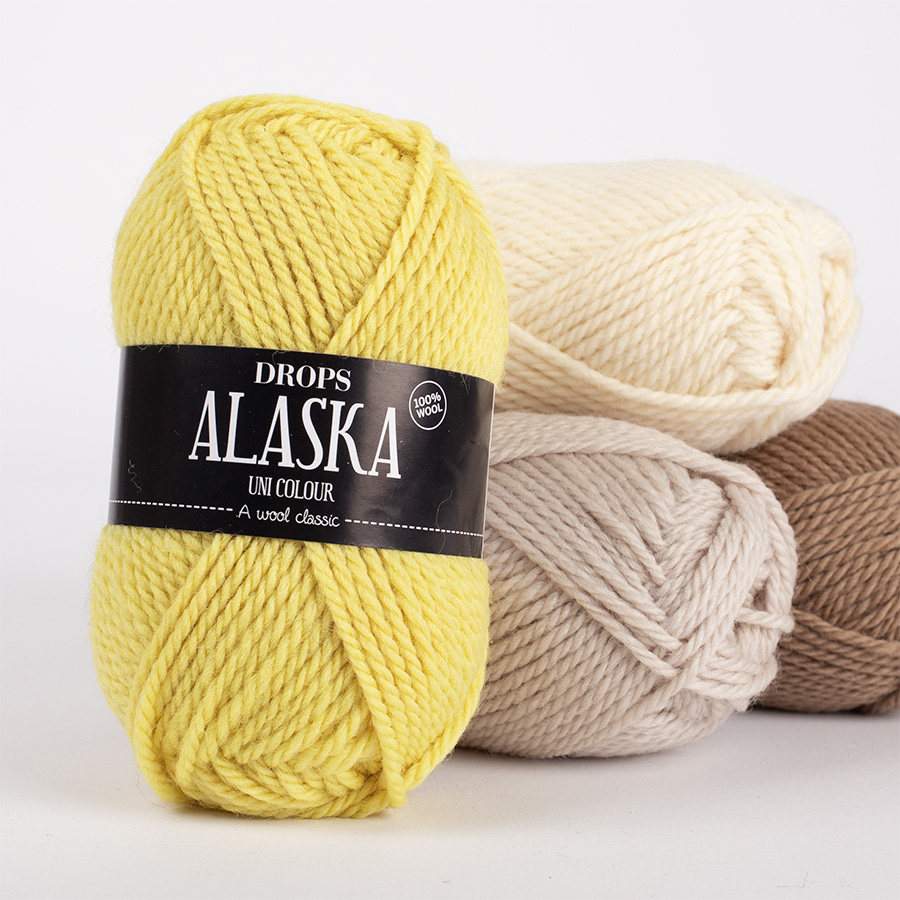
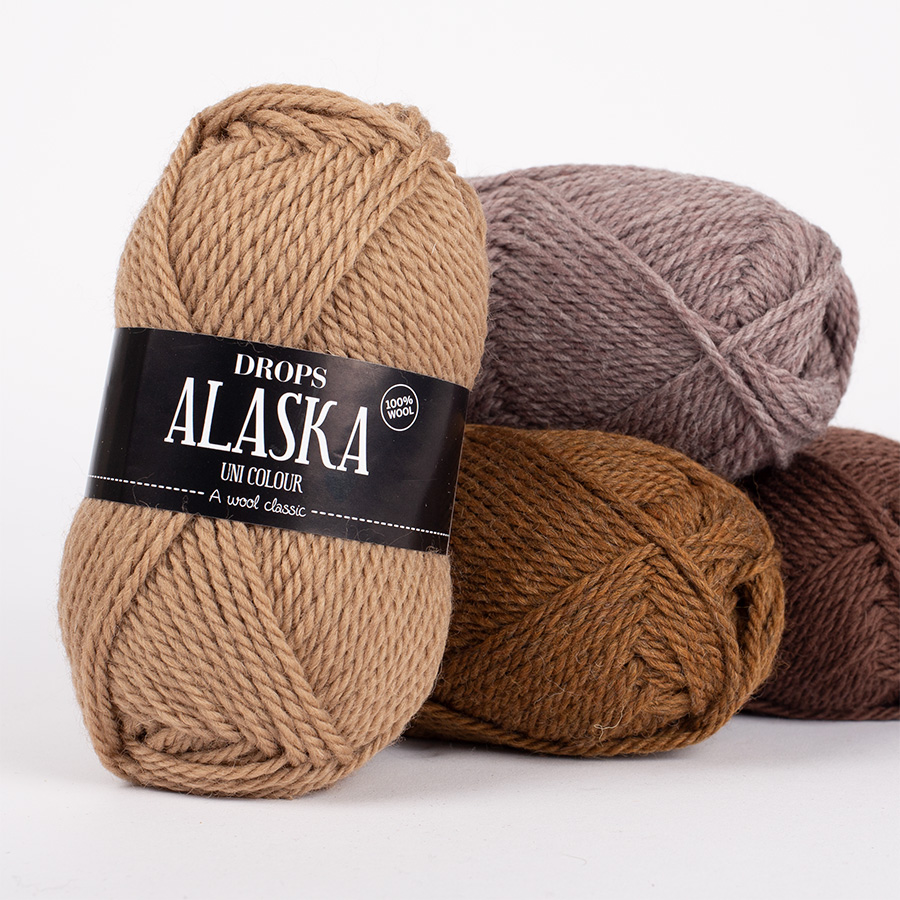
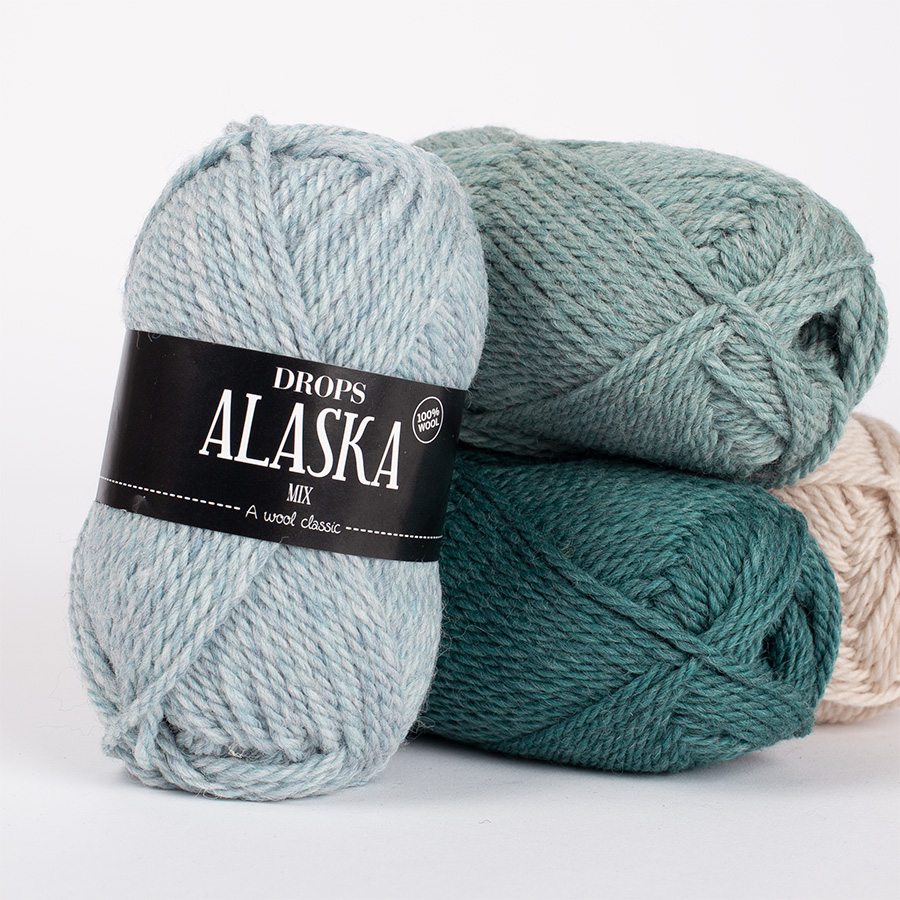
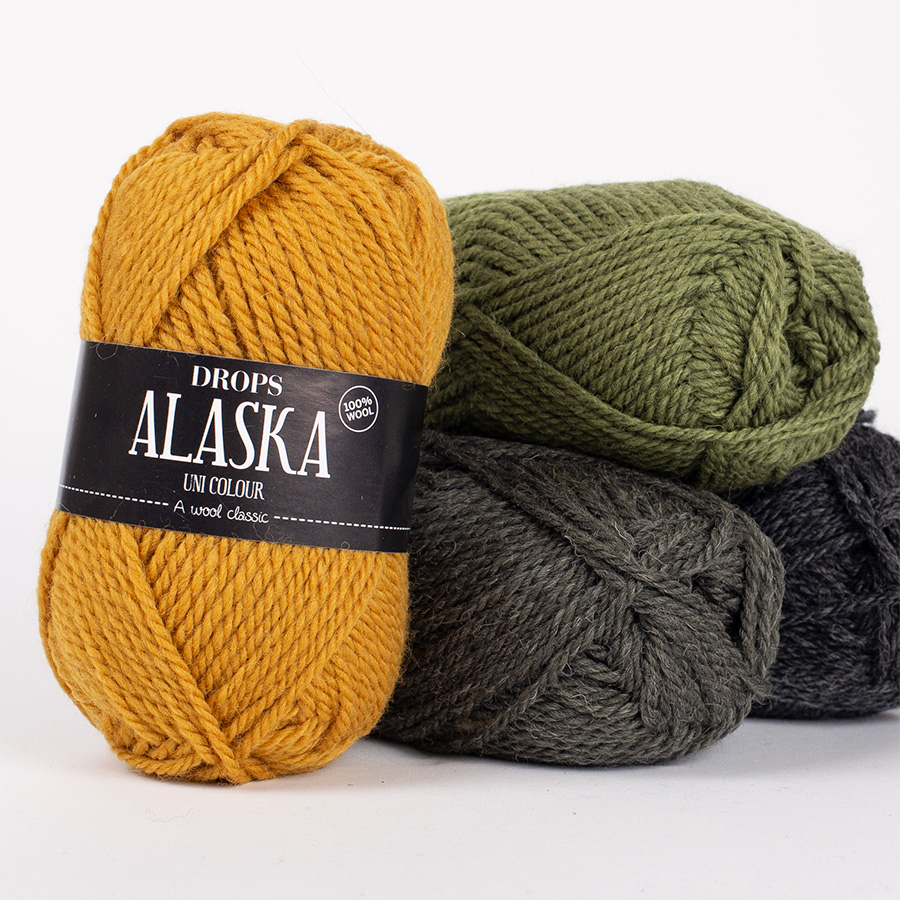
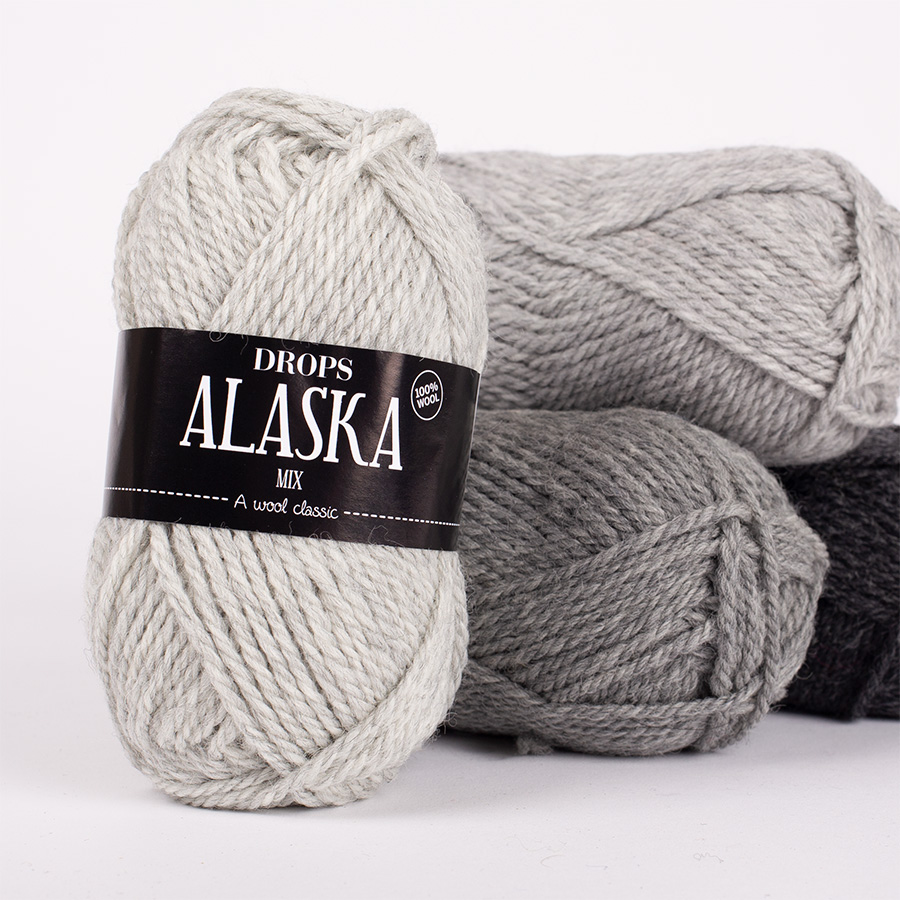
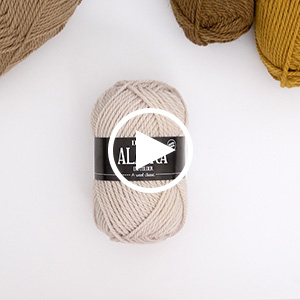









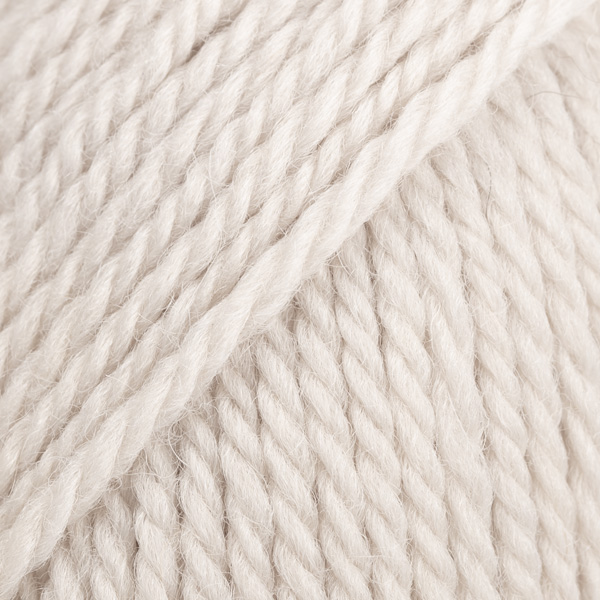

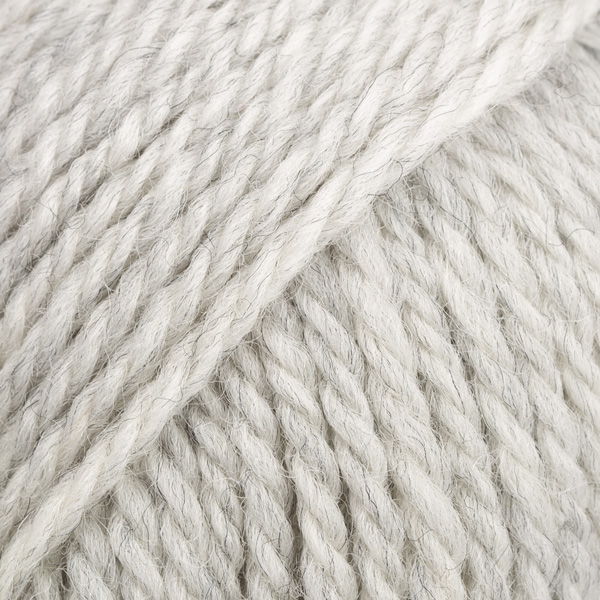

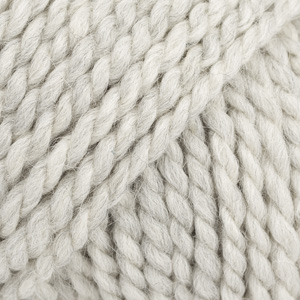












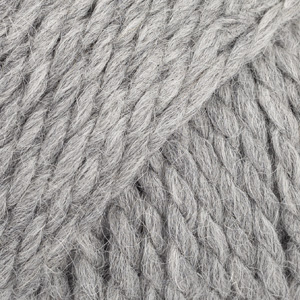

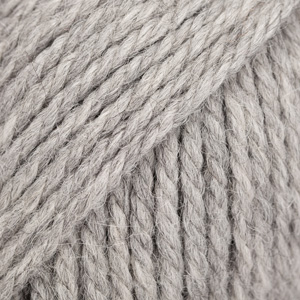











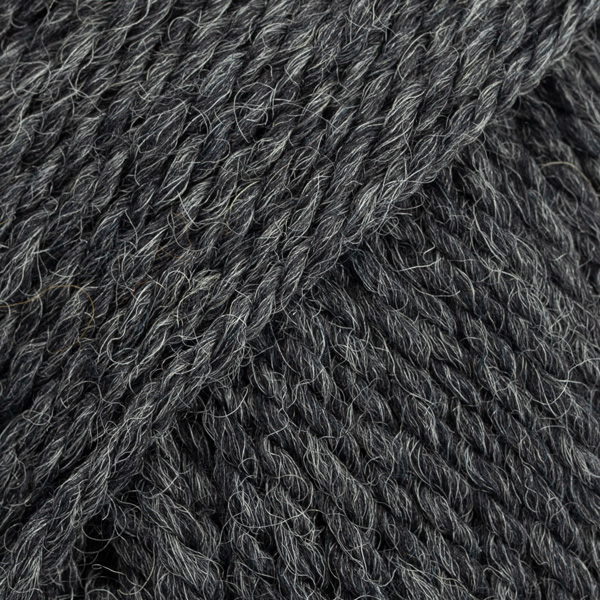
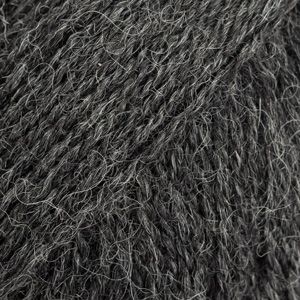





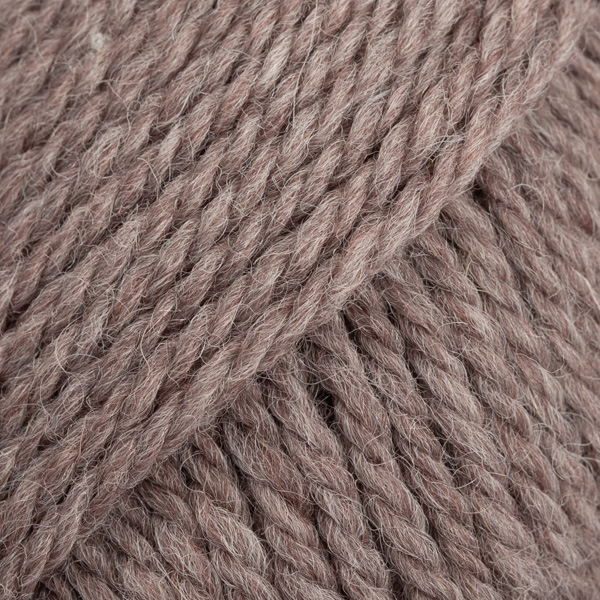



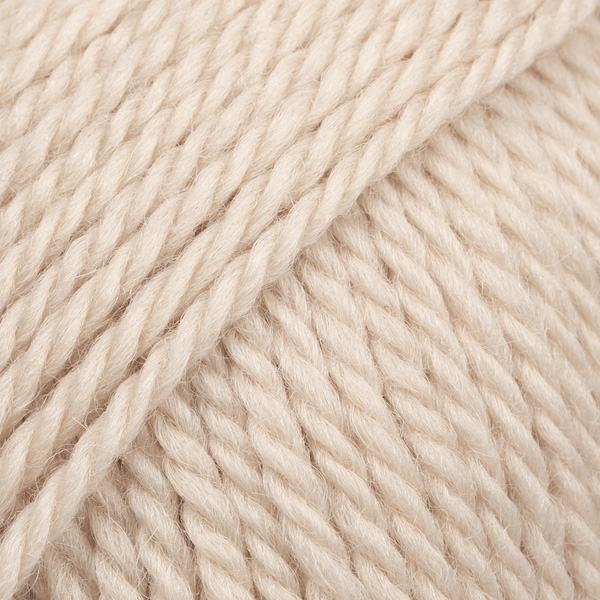


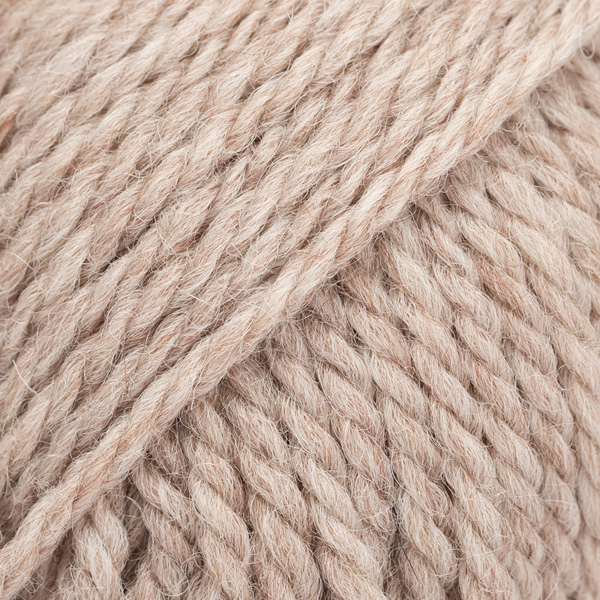

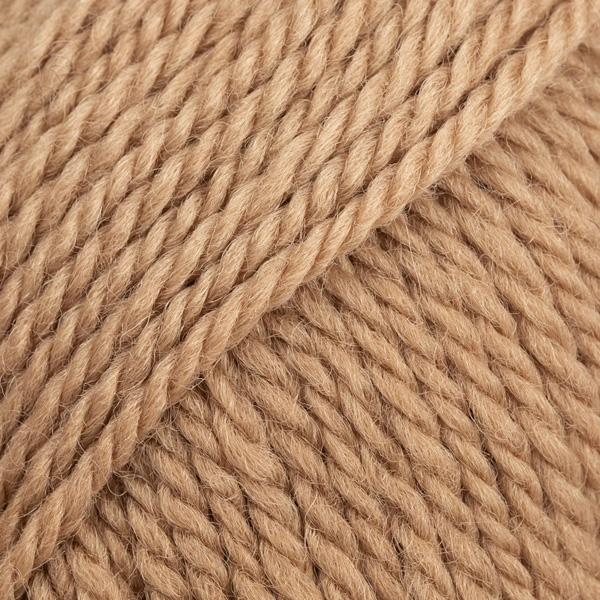

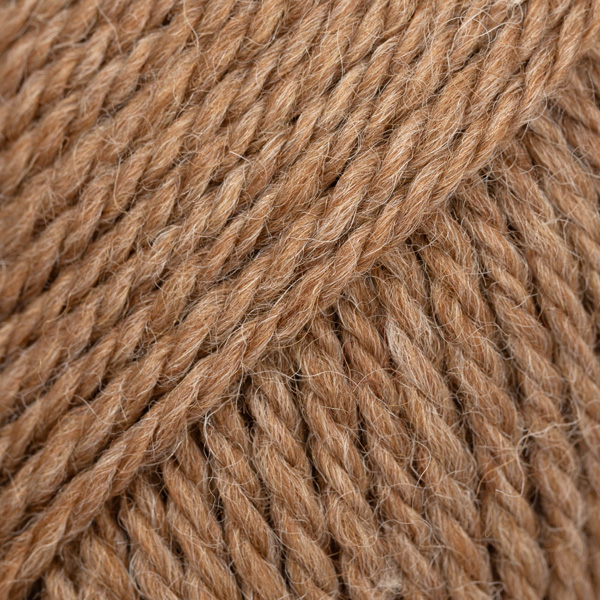
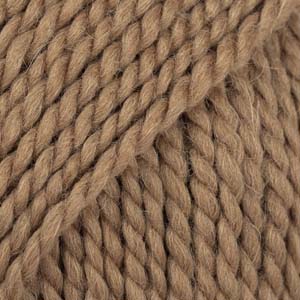




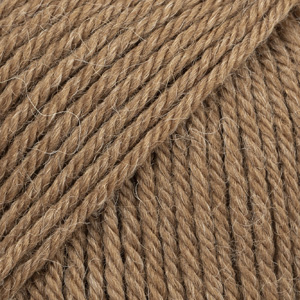




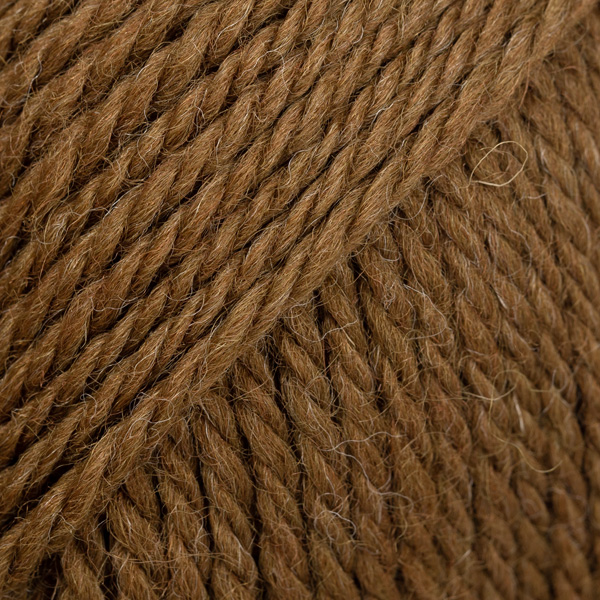


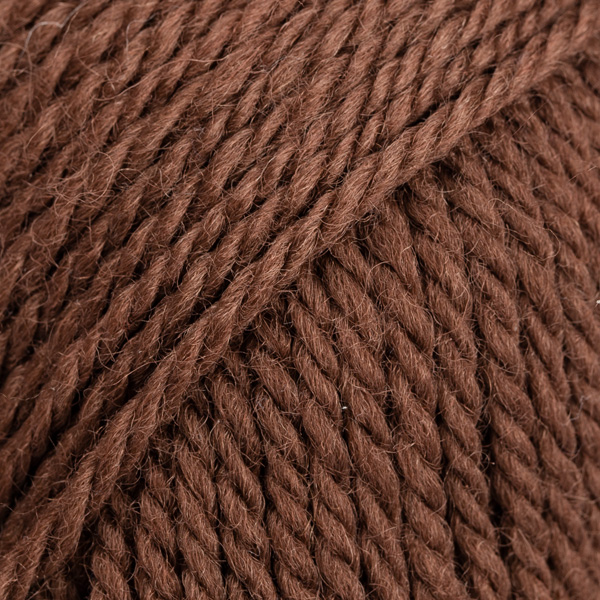

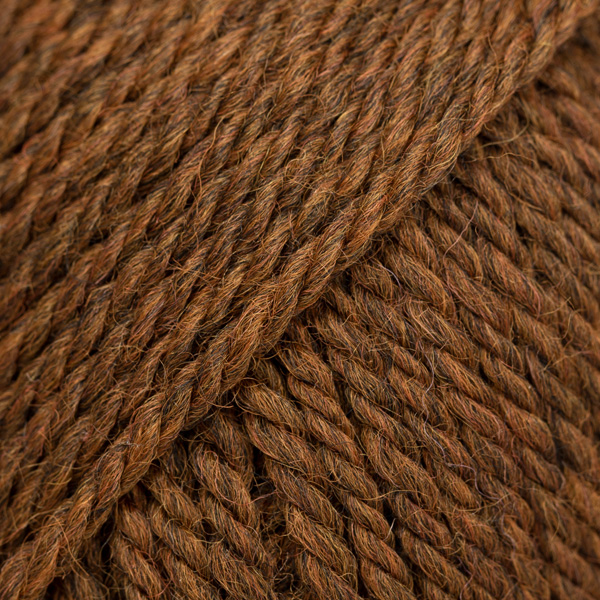

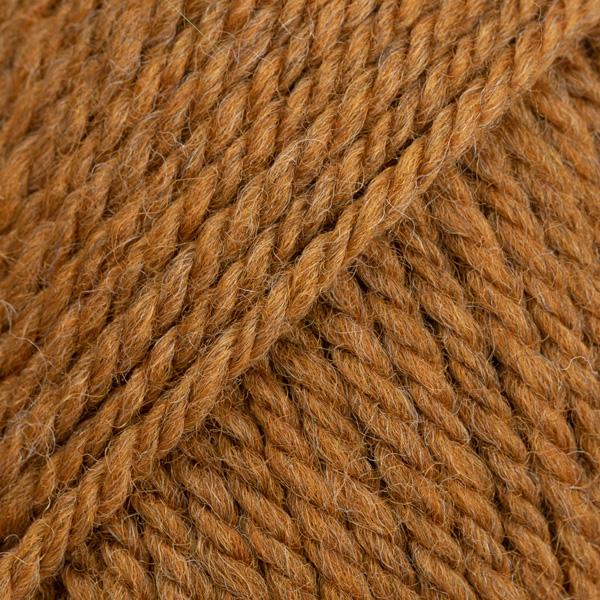


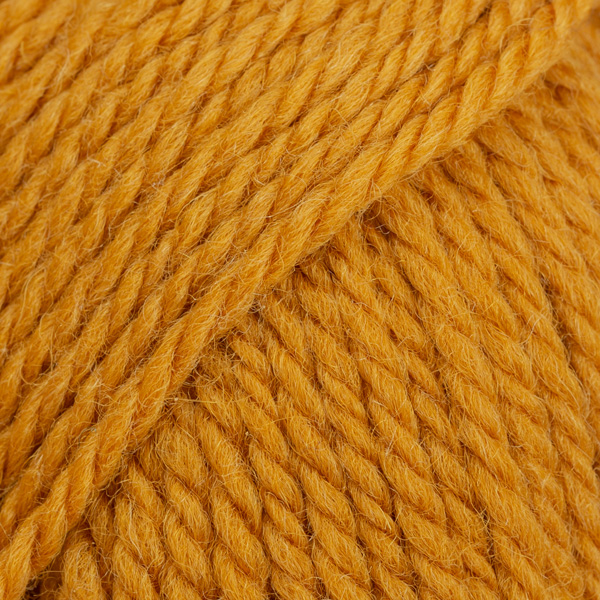






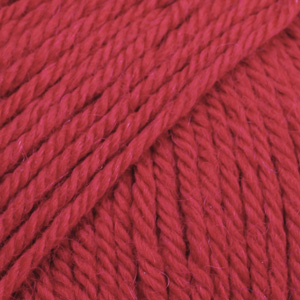








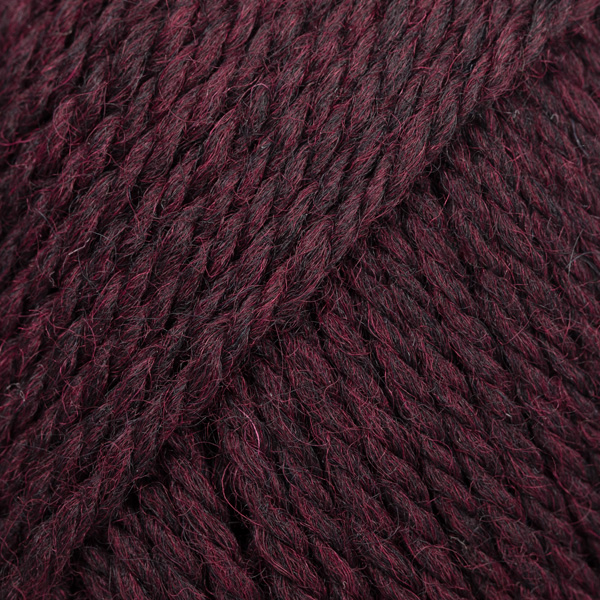


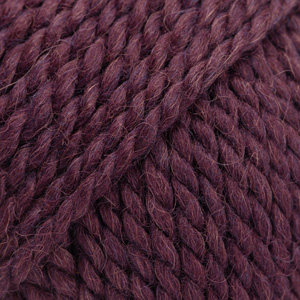





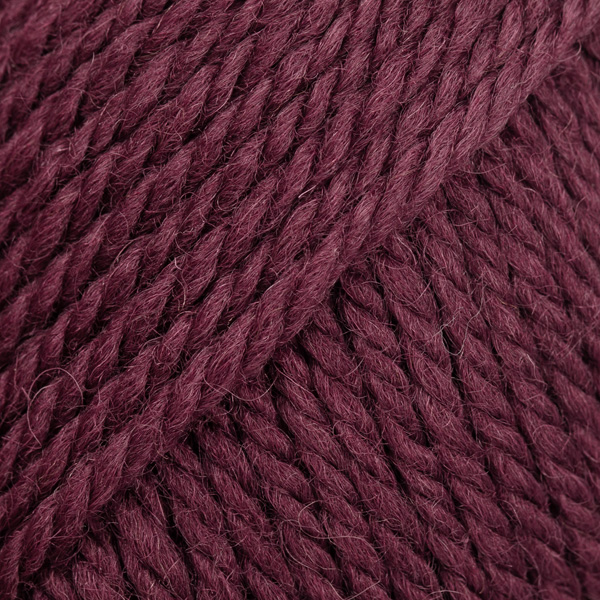



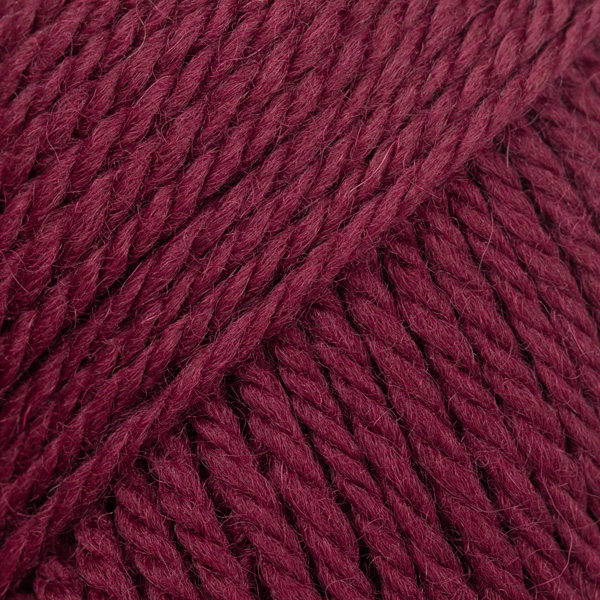







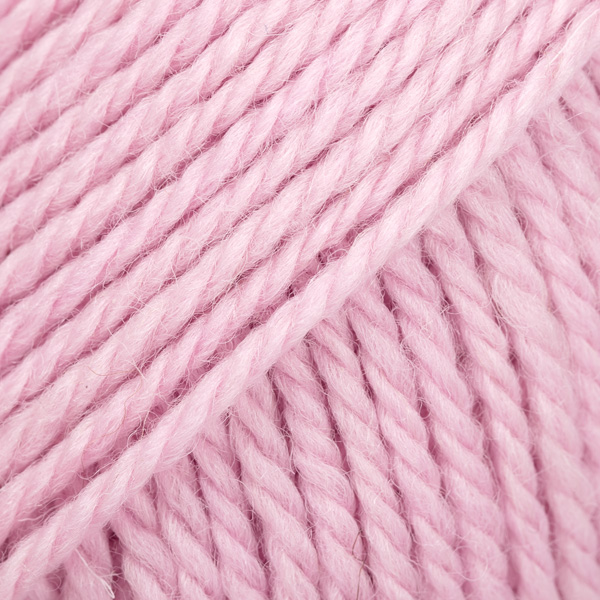

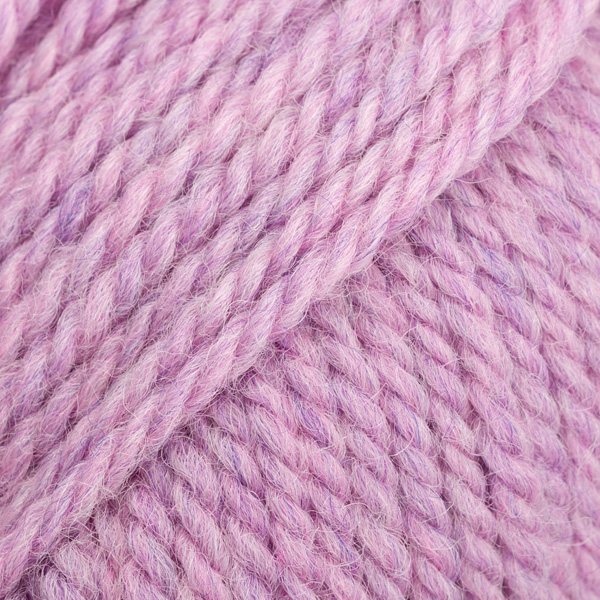

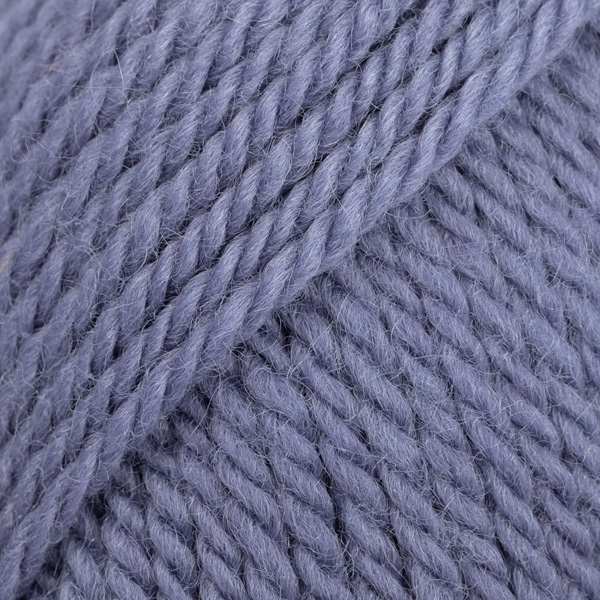

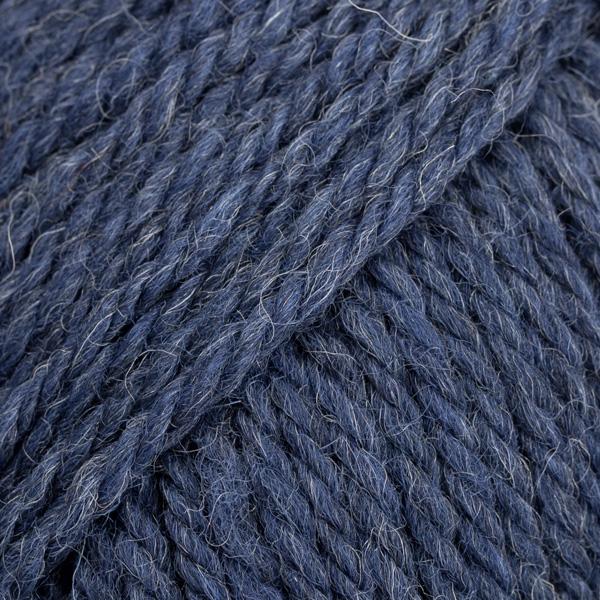






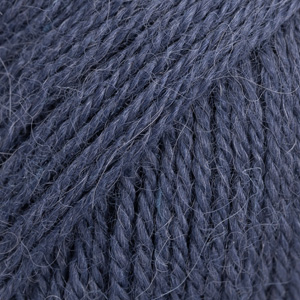





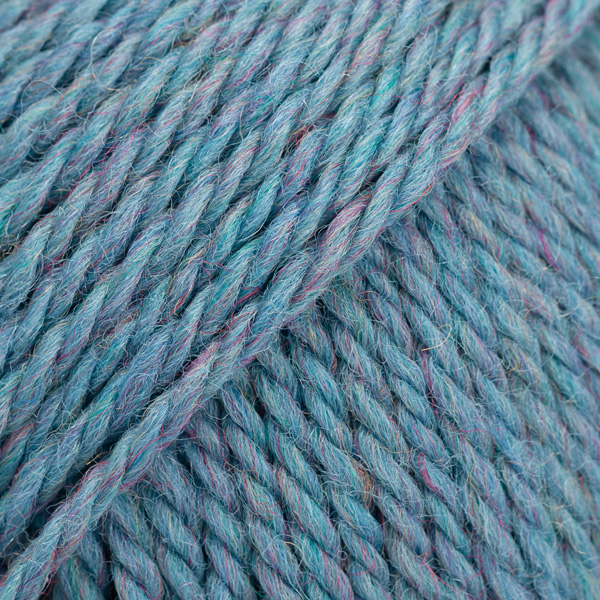

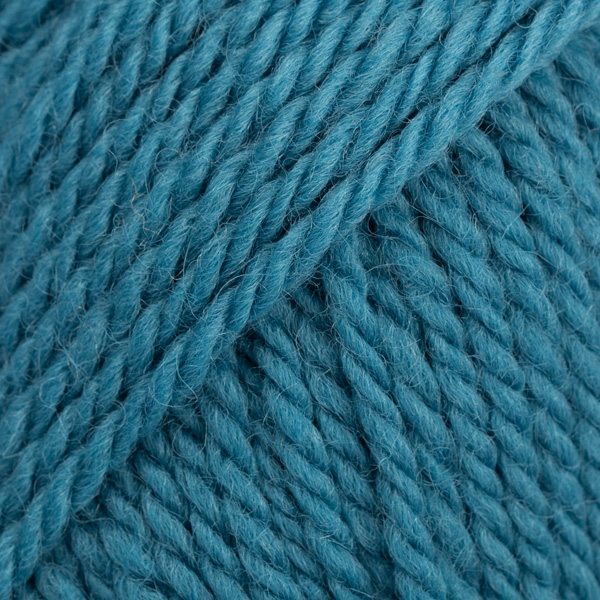





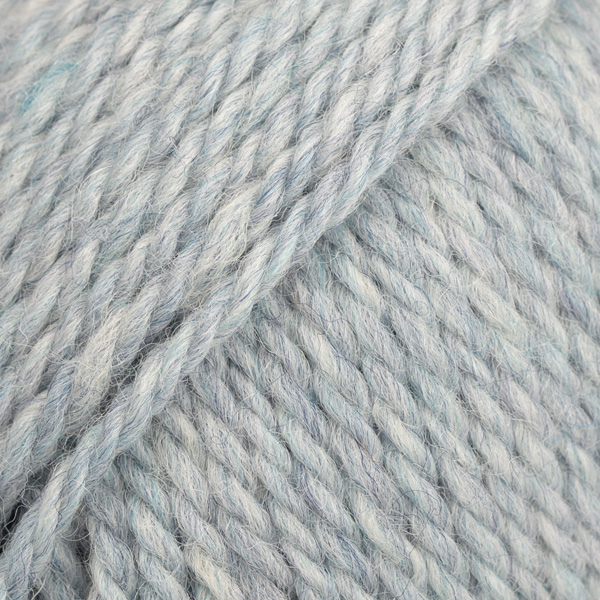
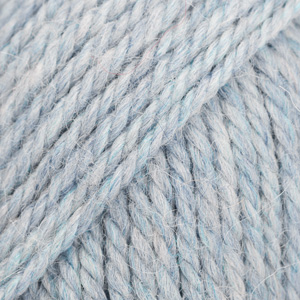

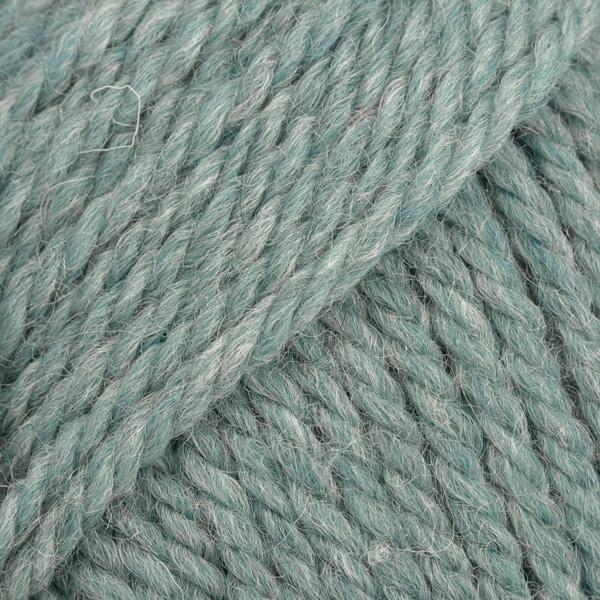

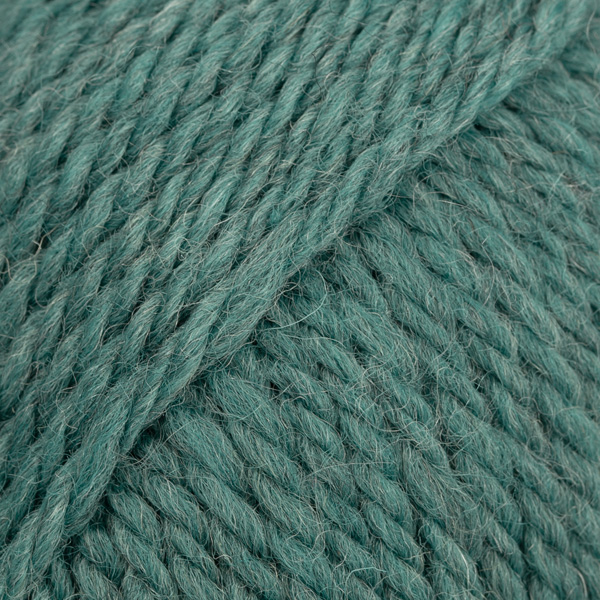




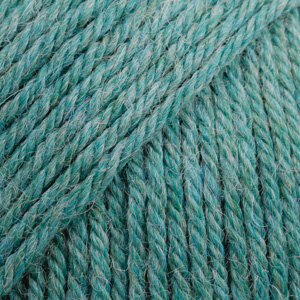




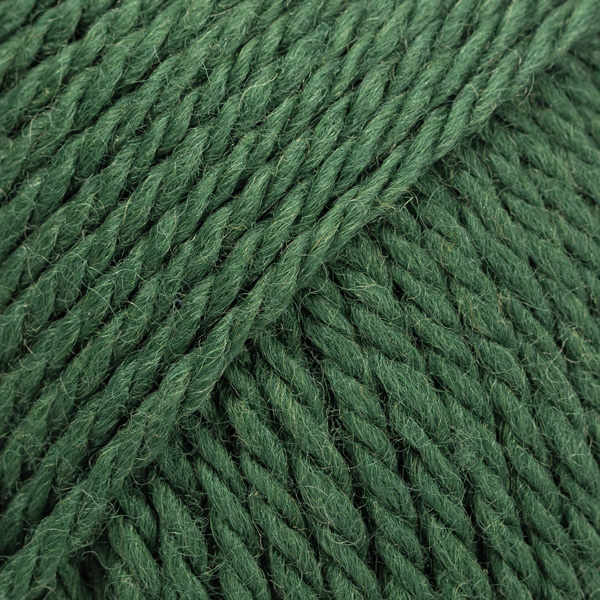

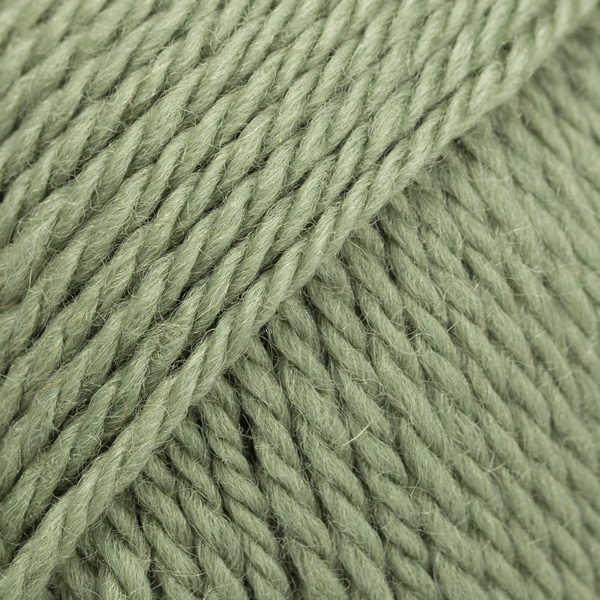

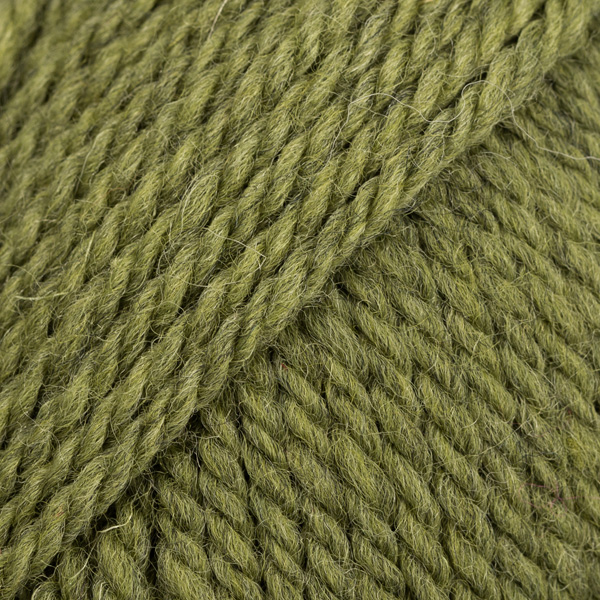






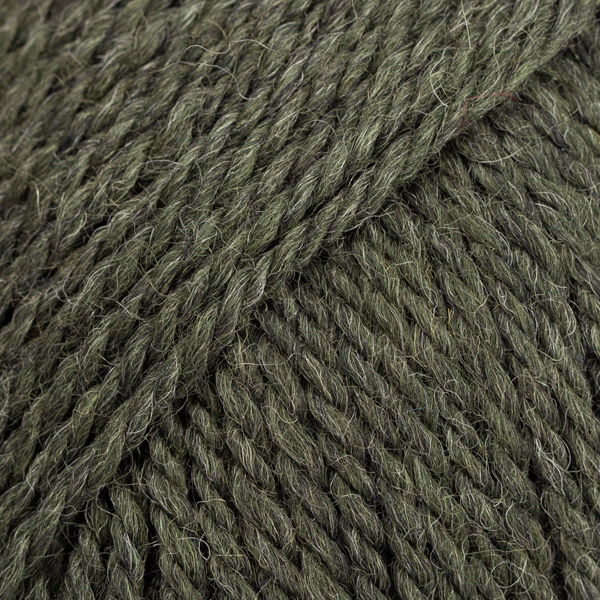

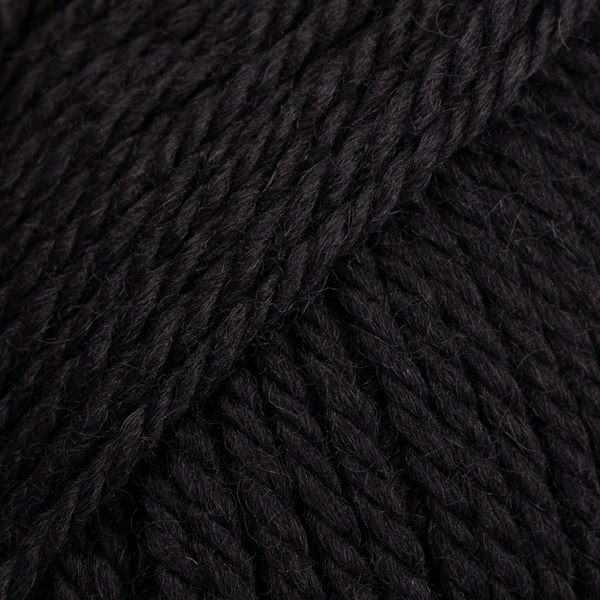





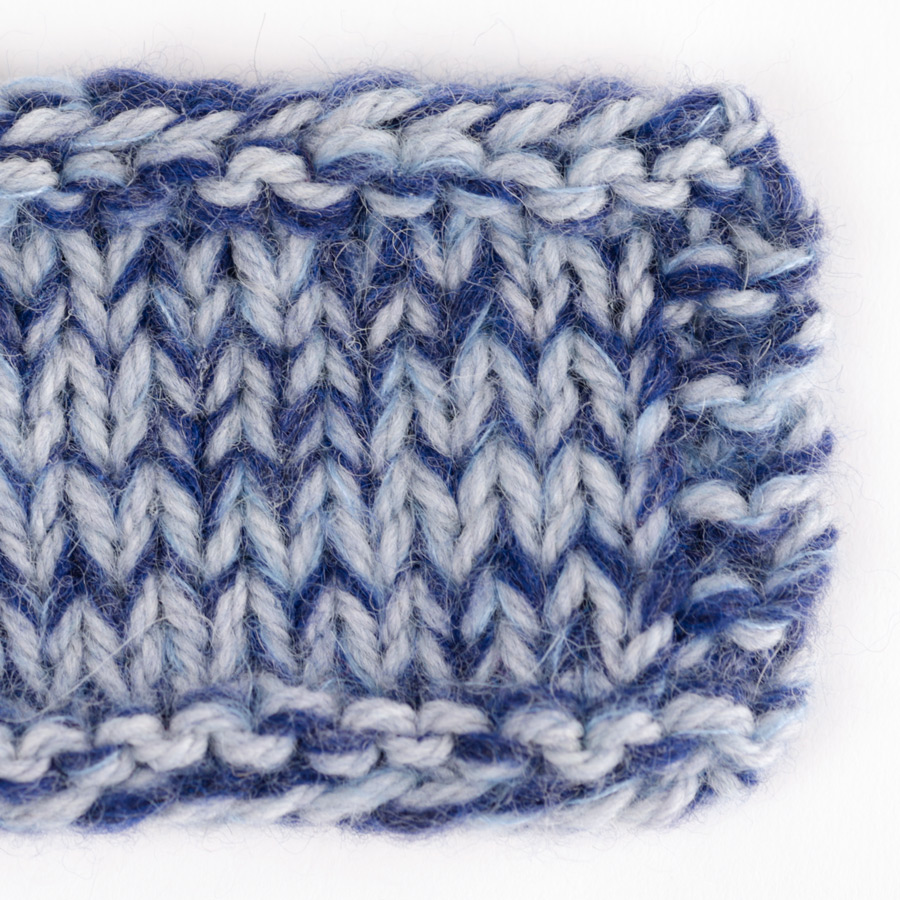
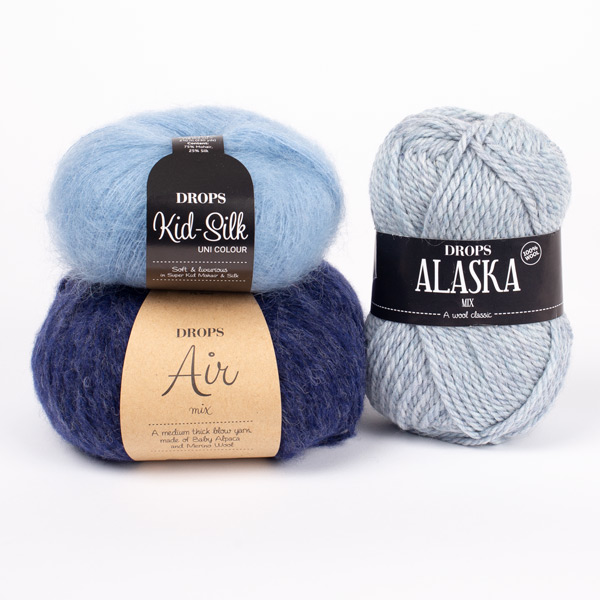
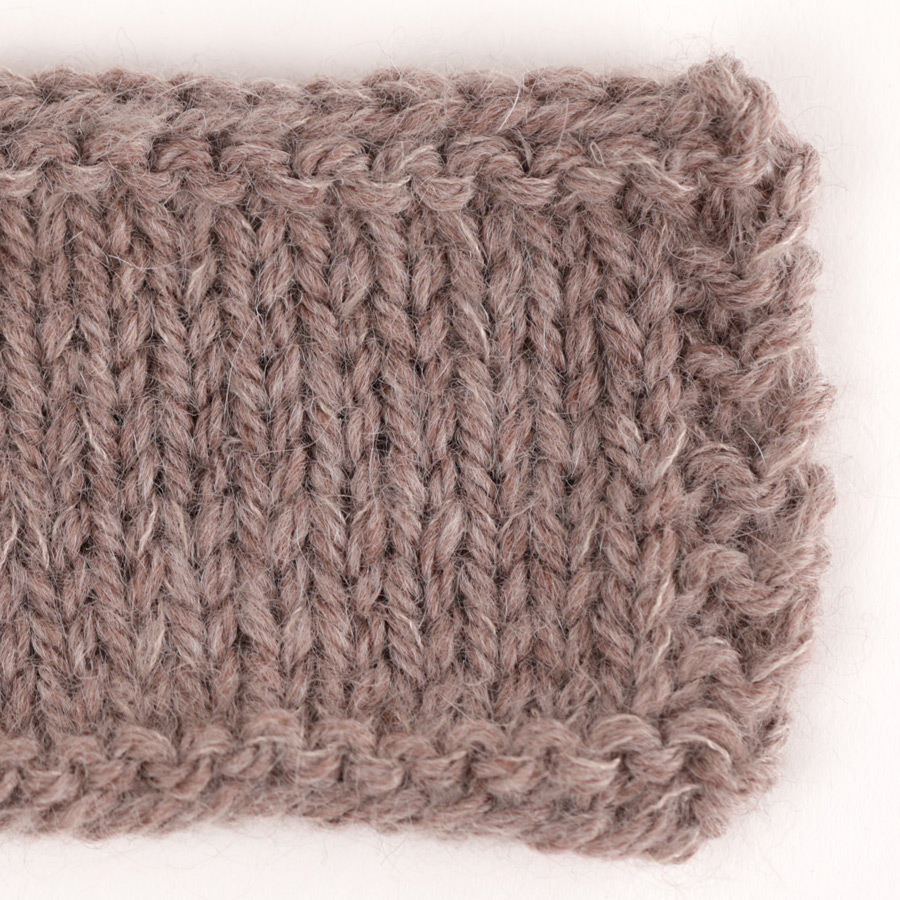
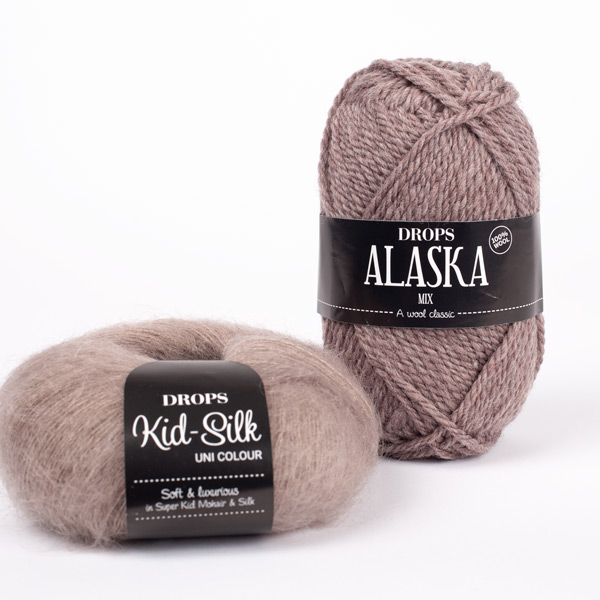
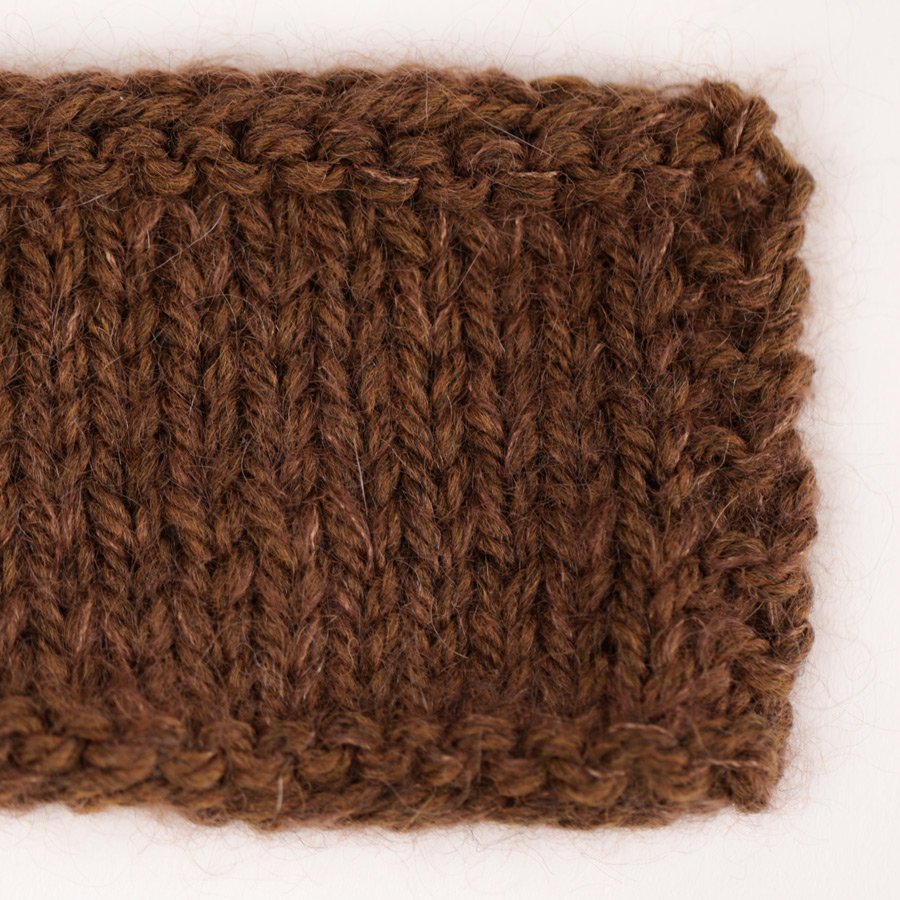
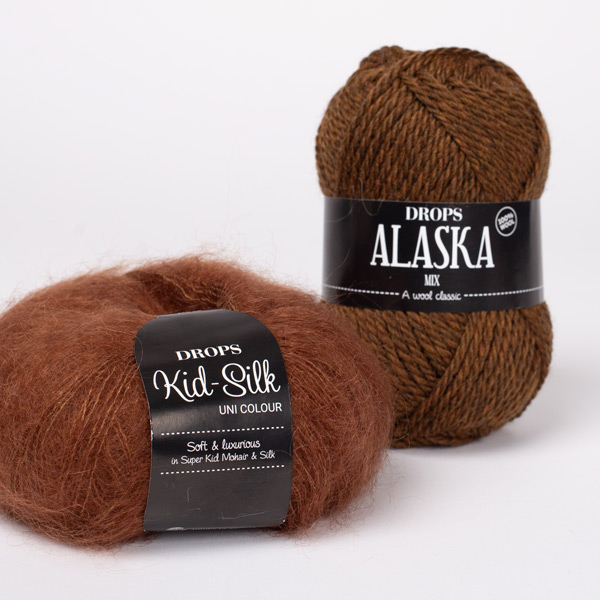









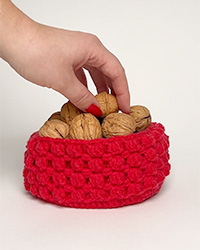
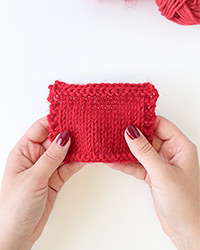

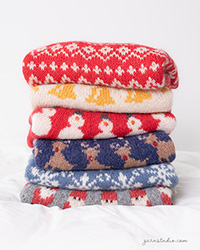
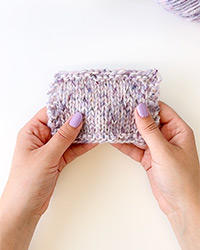

Hello, I try to find information about the origin of the wool that you use in your yarns but I didn't find any information. Only information was where the yarns where manufactured. Could you please tell where does the wool come from? I don't want to use a yarn whose origin I don't know.
09.01.2022 - 19:54